Назар аударыңыз. Бұл материалды сайт қолданушысы жариялаған. Егер материал сіздің авторлық құқығыңызды бұзса, осында жазыңыз. Біз ең жылдам уақытта материалды сайттан өшіреміз
Жақын арада сайт әкімшілігі сізбен хабарласады

Бонусты жинап картаңызға (kaspi Gold, Halyk bank) шығарып аласыз


"Cartoons in children's life" 4 form
Дипломдар мен сертификаттарды алып үлгеріңіз!


Материалдың толық нұсқасын
жүктеп алып көруге болады
Қазақстан Республикасы Қызылорда облысы
Қармақшы ауданы №277 мектеп-лицейі
The role of cartoons in children’s life.
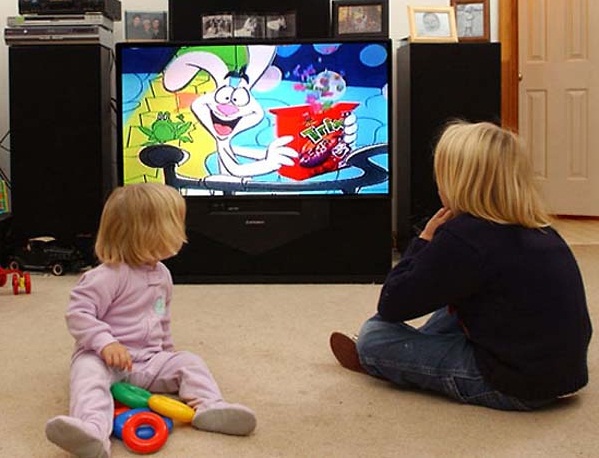
Орындаған: Қанатбекқызы Сымбат
Тексерген: Бисенбаева Айдын
Байқоңыр қаласы
Қазақстан Республикасы Қызылорда облысы
Қармақшы ауданы №277 мектеп-лицейі
Тегі, аты: Қанатбекқызы Сымбат
Мектеп сыныбы: №277 КММ 4а сынып
Бағыты: Гуманитарлық
Тақырыбы: “ The role of cartoons in children’s life” ( «Мультфильмдердің балалар өміріндегі рөлі»).
Жетекшісі: Бисенбаева Айдын
Байқоңыр қаласы, 2018
Author: Kanatbekkyzy Symbat
Grade 4, school #277
Theme: “The role of cartoons in children’ life”.
Supervisor: Bissenbayeva Aidyn, a teacher of English.
Annotation
The topic is actual and essential. Children enjoy watching cartoons but all of them have not similar effect on children’s mentality.
The aim of research: to prove that different kinds of cartoons can have either positive or negative effect on children.
Tasks:
-
Bobo doll experiment, Albert Bandura
-
to compare the effect of home and foreign cartoon production on children’s mentality.
-
to demonstrate children’s attitude toward the problem.
Methods:
-
collecting information
-
comparative analyses of information
-
creativity
-
survey
Results: the survey among pupils of the 3-5th forms, discussions on this problem, finds psychological experiment that prove hypothesis, give beneficial way of watching cartoons.
Contents
Introduction……………………………………………………………………5
I THE MAIN PART
1. Bobo doll experiment, Albert Bandura.…………………………………...7
2. Comparison of cartoons of home and foreign production.………………8
II RESEARCH……………………………………………………………....11
Conclusion……………………………………………………………………15
Bibliography………………………. ………………………………………...16
Introduction
Childhood is the most wonderful period of human’s life. If you ask what are the most interesting memories connected with it, the answer is cartoons of course! Generations grow up watching them.
Once we asked our parents, if they enjoyed watching cartoons in their early age. Certainly, the answer was “yes”. It was an ordinary event for them, the children of the1970’s. “Mummy! A cartoon, please!” children cried.
The grownups had to put aside their work and sit down to watch a wonderful fairy tale in the company of their children. Our parents act the same way.
They sailed together to the world of those marry and sad, educating and amazing, mysterious and funny stories.
Now we, their children watch them. There are cartoons of “Past Soviet period” such as: “Cheburashka”, “Wolf and hare (Ну погоди!)”, “Winnie The Pooh”, “Home” such as: “Aldar Kose”, “Tasha bala”, “Али мен Айя” and “Foreign production” such as: “Mickey Mouse”, “Tom and Jerry”, “Superman” and so on. But somehow more and more parents feel doubt if it is safe for their children or whether there good side from foreign cartoons. Why do they feel so? Where does this worry come from? In this research work we will try to know how cartoons affect children’s psychology.
The subject of investigation – cartoons of home and foreign production.
The aim of the work: on the basic of reading some literature and making practical work, we try to study how modern cartoons of home and foreign production affect the children’s mind and what kind of cartoons are good for children.
Hypothesis of the work: cartoons of Kazakhstani and foreign production based on ideas of love and kindness are useful for positive development of a child, while those based on violence develop agitation, terror, lack of confidence, make it difficult to contact with other children and grownups.
While working, we used the following methods:
-
studying literature;
-
watching and discussing cartoons;
-
making questionnaires for pupils from third to fifth forms and their parents;
-
analysis of results;
-
making instructions.
We think, it is an actual topic, because nowadays there are a lot of cartoons. We constantly watch them. Many children prefer watching TV or playing video games.
The tasks of investigation:
1) to study “Bobo doll experiment” of Albert Bandura;
2) to find out what dangers are hidden in that world of animation;
3) to make a survey of favourite cartoons and their characters for pupils from third to fifth forms.
4) to study how western cartoons effect the level of agitation and aggression of younger pupils;
5) to analyze the results and make conclusions;
6) to make instructions “The most beneficial way of watching cartoons”.

Bobo doll experiment, Albert Bandura.
 Albert Bandura is an influential social
cognitive psychologist who is perhaps best-known for his social
learning theory, the concept of self-efficacy and his famous Bobo
doll experiments.
Albert Bandura is an influential social
cognitive psychologist who is perhaps best-known for his social
learning theory, the concept of self-efficacy and his famous Bobo
doll experiments.
Are aggression and violence learned behaviors? In a famous and influential experiment known as the Bobo doll experiment, Albert Bandura and his colleagues demonstrated one way that children learn aggression. According to Bandura's social learning theory,learning occurs through observations and interactions with other people. Essentially, people learn by watching others and then imitating these actions. Does the violence that children observe in television programs, movies, and video games lead them to behave aggressively? This is a hot question today, but it was also of great interest 50 years ago when a psychologist led an experiment to determine how kids learn aggression through observation. Watch Bandura’s Bobo doll experiment video.
Bandura's Predictions:
The experiment involved exposing children to two different adult models; an aggressive model and a non-aggressive one. After witnessing the adult's behavior, the children would then be placed in a room without the model and were observed to see if they would imitate the behaviors they had witnessed earlier.
Bandura made several predictions about what would occur:
-
He predicted that children who observed an adult acting aggressively would be likely to act aggressively even when the adult model was not present.
-
The children who observed the non-aggressive adult model would be less aggressive than the children who observed the aggressive model; the non-aggressive group would also be less aggressive than the control group.
The comparison of cartoons of home and foreign production
Children take themselves everything they can watch on TV. They can’t distinguish fabrication from reality. For them all characters are alive and real. Little children imitate them in their behavior, intonation and games. “Tom and Jerry” DVDs are marked 5+. A child takes it as something natural that one can hit a cat but it will stay alive and have fun or, a mouse can be hit on the head, poisoned but it will remain safe, sound and continue against Tom.
Now let’s make a detailed comparison of cartoon characters and what cartoons of foreign and home production teach.
Let us study some cartoons of home and foreign production.
“Aldar Kose” is a cartoon about a clever man, who helps poor people and punishes arrogant rich people, who only know how to make their wealth more and more by cheating poor people. The main character uses his intelligence to make that rich people’s actions against to them. So, he cheates them and help poor people.
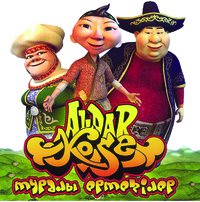
Let's take for an example animated film "Ninja ". Schroder and all these cyborgs are a modern embodiment of the evil. It isn't typical for Kazakhstani children, there is a constant opposition to bad, the main characters constantly kill and it makes you doubt if they are good?
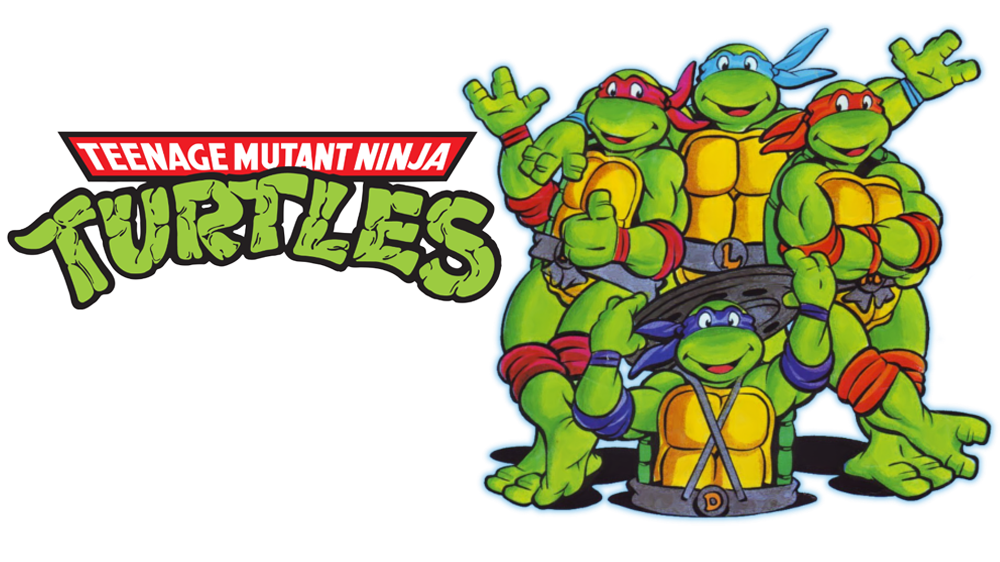
We can see the girl’s image is
also cruel in American
cartoons. Traditional qualities for female like shyness,
unselfishness, modesty, and the most important motherhood are
derided. Everyone saw an episode from “Shrek” (When the bird bursts
out from troll’s singing). Children always laugh at this moment. In
this way consciousness shift is reached. So we can see that our
kid’s mentality is being changed. It isn’t only a scene of a
“beautiful” murder; it is a good example of death. The main
positive female character of our fairy tale can’t be like that, she
can’t be cruel, can’t kill people, animals, birds any living thing.
There are monsters and mutating people in all
the American cartoons. The main characters shoot, kill and fly by
planes, spaceships which are unclear for our brains. We can hardly
call these c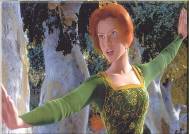
artoons that they are
cartoons.
What it leads to:
1 .Animated cartoon’s brightness attracts kid’s attention easily. As a result a child loses concentration. Inability to concentrate develops, and a child has problems at school
2. Clear, simple plot doesn’t give an opportunity for imagination and fantasy to appear. And after all, you know that animated cartoons can negatively affect for attention and memory.
3. Child’s speech develops intensively at school periods. So, it is very important to hear correct, beautiful native speech, to hear correct intonation and feelings given by speech. The lack of correct speech can lead to serious mental and physical problems.
4. By watching animated cartoons a child can observe behavior models, different actions, studies how to achieve his or her aims. Unfortunately, it is a way of aggression. According to many researches, children who mainly watch foreign animated cartoons have developed of cruelty and aggression.
Research
1 .We have questioned pupils from third to fifth forms in our school. There were: 3а – 15 pupils; 3ә-16 pupils; 4а-15 pupils; 4ә-17 pupils; 5а-15 pupils; 5ә-14 pupils = total number 92 pupils.
There were the following questions:
The questionnaire for pupils:
Form ___________
1. Do you watch animated films? (yes/no)
2. When do you prefer watching animated cartoons? (In the morning, during the lunchtime, in the evening).
3. What kind of animated films do you prefer?
(Home or foreign)
4. What is your favourite cartoon?
________________________________________________________________________
________________________________________________________________________
________________________________________________________________________
5. Who is your favourite character?
______________________________________________________________________________________________________________________________________________________
___________________________________________________________________________
The questionnaire results
1. Do you watch animated films? (yes/no)
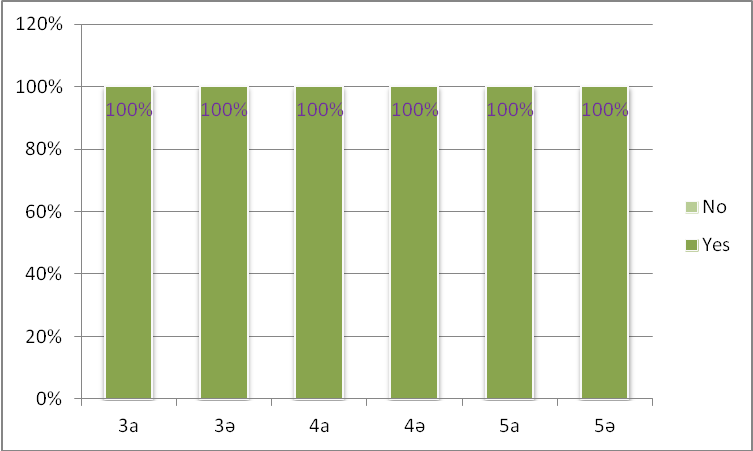
2. When do you prefer watching animated cartoons? (In the morning, during the lunchtime, in the evening).
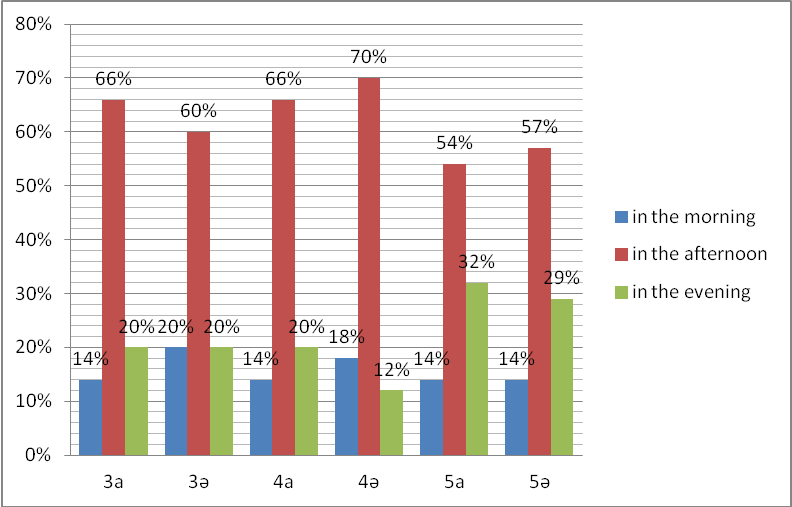
3. What kind of animated films do you prefer?
(Home or foreign).
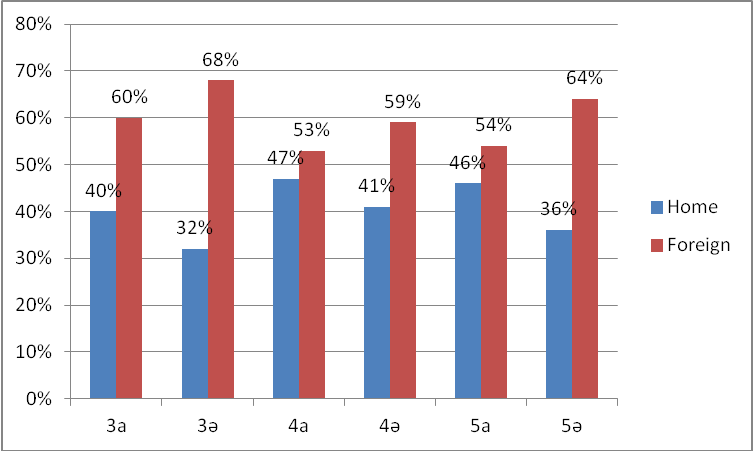
4. What is your favourite cartoon?
|
1 |
Tobot |
|
2 |
Peter Pan |
|
3 |
Men in Black |
|
4 |
Mutant Ninja Turtles |
|
5 |
Sponge Bob |
|
6 |
Superman |
|
7 |
Spiderman |
|
8 |
Batman |
|
9 |
Wisper |
|
10 |
Wolf and hare |
|
11 |
Barbi |
|
12 |
Aldar kose |
|
13 |
Jungle book |
|
14 |
Жеңімпаз жеткіншектер |
|
15 |
Батыл Балақай |
5.Who is your favourite character?

770 ₸ - Сатып алу
Сіз үшін 400 000 ұстаздардың еңбегі мен тәжірибесін біріктіріп, ең үлкен материалдар базасын жасадық. Төменде пәніңізді белгілеп, керек материалды алып сабағыңызға қолдана аласыз
- Жүктелуде...
- Жүктелуде...
- Жүктелуде...
 Дайын ҚМЖ. Барлық пәндерден 2024-2025 оқу жылына, жаңа бұйрыққа сай жасалған
Дайын ҚМЖ. Барлық пәндерден 2024-2025 оқу жылына, жаңа бұйрыққа сай жасалғантақырыптармен дайындаймыз

